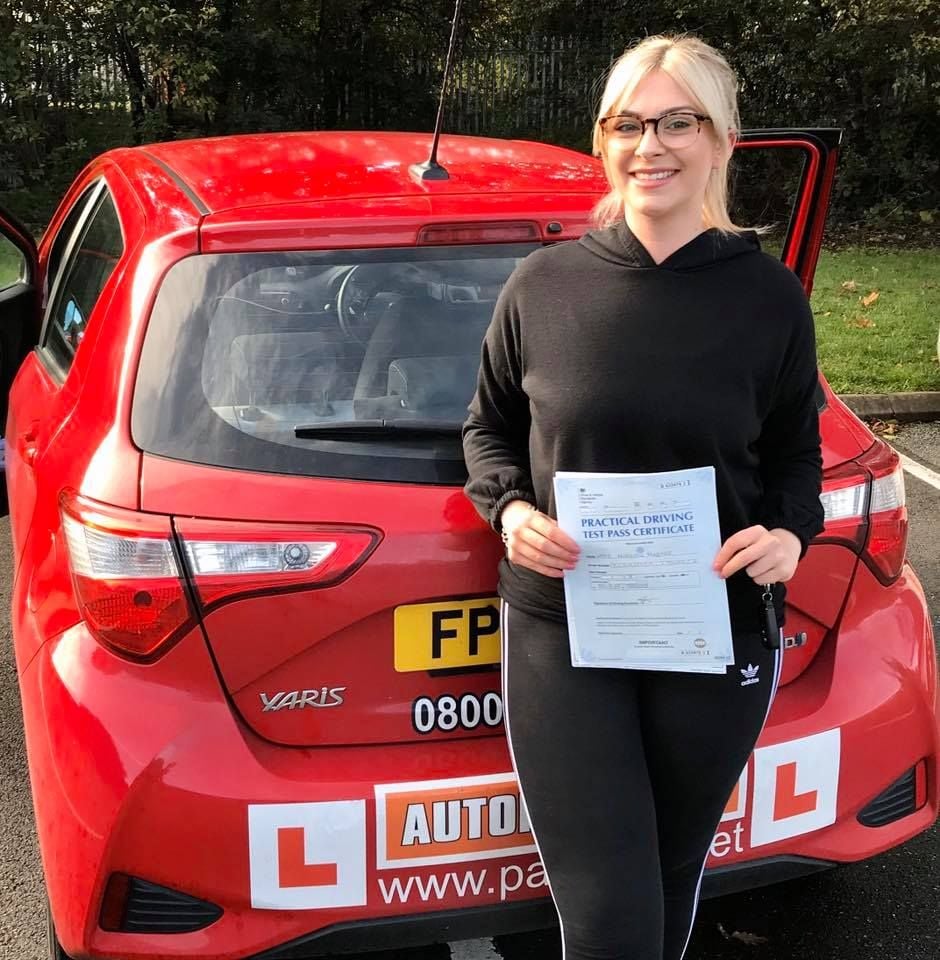ADI Part 3 Training - Open and Closed Questions
ADI Part 3 Training Open and closed questions
When a driving instructor uses a combination of open and closed questions, it enhances the learning experience for the learner driver by encouraging deeper understanding, self-reflection, and critical thinking.
Here are the key benefits for learner drivers when instructors use both types of questions effectively:
Closed Questions
Closed Questions - Close the conversation down
Closed questions typically require short, specific answers, often "yes" or "no," or a simple fact-based response. These questions are useful for checking factual knowledge, confirming understanding, or guiding a specific behavior during instruction.
Examples of closed questions:
- "Did you check your blind spot before changing lanes?"
- "Are you familiar with the speed limit in this area?"
- "Have you practiced parallel parking?"
- "Is your seat adjusted properly?"
Benefit of Closed Questions
Benefits of closed questions:
- Provides quick, clear feedback on specific issues.
- Allows the instructor to assess immediate understanding or compliance with instructions.
- Helps control the flow of the lesson when focus on precise tasks is necessary.
- Useful for confirming knowledge before moving on to more complex skills.

What are Open Questions?
Open questions encourage learners to think more deeply and reflect on their experiences. These questions allow for more detailed, thoughtful responses and help to assess the learner’s understanding, critical thinking, and ability to apply knowledge. Open questions often start with "how," "why," "what," or "describe."
Examples of open questions:
- "How do you feel your driving has improved since your last lesson?"
- "What steps do you take before merging onto a dual carriageway?"
- "Why do you think it's important to check your mirrors regularly?"
- "Can you describe what you would do when approaching a roundabout?"
Benefits of open questions
Benefits of open questions:
- Encourages deeper thinking and self-reflection.
- Helps the learner develop problem-solving skills.
- Promotes open dialogue between the instructor and the learner.
- Allows the instructor to assess the learner’s comprehension and reasoning.


When to use open or closed questions
When to Use Open vs. Closed Questions
-
Open questions are best when you want the learner to explain their reasoning, reflect on their experiences, or consider the consequences of their actions. They are ideal for reviewing lessons, debriefing after practice, or when encouraging the learner to think independently.
-
Closed questions are effective for checking a learner’s factual knowledge or understanding in the moment, such as during a maneuver or when clarifying safety protocols. They are also useful when you need a quick answer to move the lesson forward.
Incorporating both types of questions into driving instruction ensures a balanced approach, fostering both technical skills and reflective learning
Contact Us
Hours
Monday - Friday:
09:00 am - 6:00 pm
Saturday - Sunday:
10:00 am - 3:00 pm


